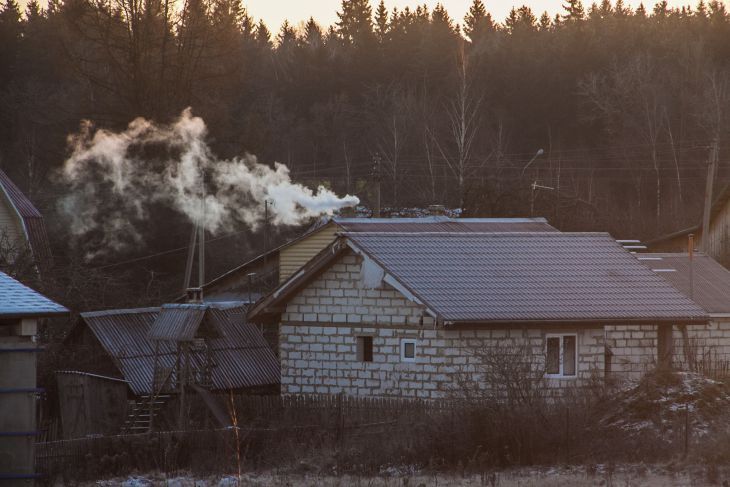A Dacha with a Catch: Why in the USSR Were Allocated 6-Area Plots
The dacha "six hundred square meters" has become firmly established in the everyday life of citizens of the former Soviet Union. But why exactly six?
The answer has its roots in the post-war period, when the country that had defeated Nazi Germany faced unprecedented economic problems caused by that same war.
In the first years after the end of the war, the USSR experienced food shortages, there was a shortage of workers, and agriculture and industry were in a state of stagnation.
The result was famine in 1946 and 1947.
Resolution of the Council of Ministers
One of the solutions to the problems was the decree of the Council of Ministers of February 24, 1949 “On collective and individual gardening and horticulture of workers and employees.”

The document provided for the distribution of free lands of cities, towns, enterprises and institutions for vegetable gardens.
It was prescribed to allocate areas near railway lines and highways.
Each family was given plots of 6 and 12 acres. The best and closest to the cities were given to the families of the deceased and veterans of the Great Patriotic War, as well as to the front-line workers.
In addition, industry was instructed to organize the production of fertilizers and equipment for gardening and vegetable growing.
Thus, from that moment on, partial provision of the population with agricultural products became the task of the population itself.
Another decree
As a result, it was possible to get through the period of famine, avoid popular unrest (most Soviet people went to their vegetable gardens after work), and some of the burden was removed from the post-war economy.
And after the release of the decree of the Council of Ministers of the RSFSR “On the further development of gardening and viticulture of workers and employees” (December 16, 1955), Soviet people had the opportunity to build summer houses on their plots, in which they could live temporarily.
Plots of land began to be allocated to citizens indefinitely, but on the condition that they continuously work at the enterprise.
As for six hundred square meters, 0.06 hectares is a figure from agronomists and economists of the 50s (as assigned by the party).
How was it calculated?
They were calculated based on the need to provide agricultural products for just one average family of 4-6 people.
They calculated that 6 acres were enough to provide a small harvest for the family, but without any surplus.
That’s why there are such strict limits – so that the bourgeois streak doesn’t come into play, like, grow something extra somewhere and sell it, rent it out, etc.
Earlier we talked about why in the USSR they only made an odd number of steps.
